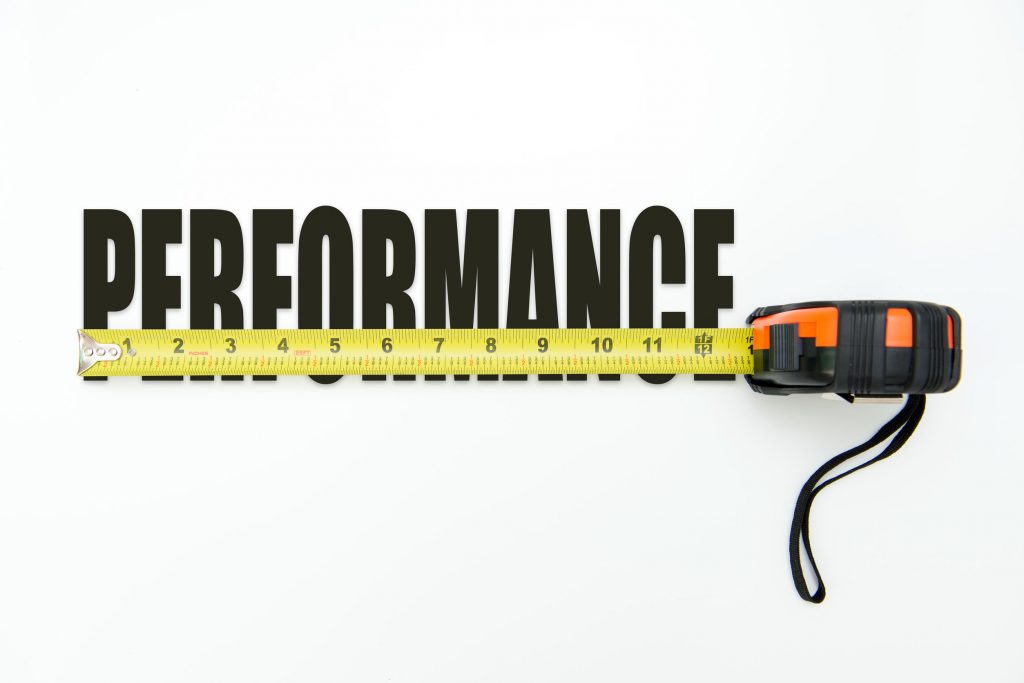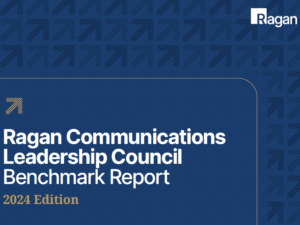What trends will shape the future of measurement?
Expert Katie Paine shares the topics she is tracking in the new year and what that will mean for your measurement and brand reputation efforts.

1. Impressions will go on life support.
We’ve said it before, but this is the year that even the most impression-addicted folks will seek alternatives. Not only is senior leadership skeptical of meaningless numbers that don’t connect to corporate profits, but increasingly leadership, clients and others who control checkbooks are demanding to know exactly who the people, buyers and influencers behind those numbers are. If you can’t provide those details, you’ll be thrown out of the board room.
The good news is that there are a ton of tools out there that can help. The bad news is that they probably aren’t part of your toolkit yet. Tools like Spark Toro help you find the publications, people and hashtags that your target audience is actually reading. Others, like One Count integrate all of your audience data into a single source that then tells you exactly what they pay attention to and, more importantly, what they respond to.
If you haven’t got the budget for a new tool, you’ll be spending 2021 getting really good at Google Analytics, tagging everything you do, upping your SEO rank and running a lot of pre/post surveys to show you’ve moved the needle.
2. You will never leave crisis mode.
Whether you are preparing for a crisis, fearing one or recovering from one, adverse occurrences are going to occur in 2021. Whether it’s your CEO or one of your employees being positively identified as an insurrectionist.
Or discovering that you are now the target of millions of dollars of ads from The Lincoln Project, you’ll be spending more time defending your brand than you will on promoting it.
No matter how large or small the company, in highly-volatile, polarized politicized news cycles like the one we are in, it won’t take much to be the subject of a negative tweet—at best—and a prolonged investigation at worst. Never mind all the lawsuits and issues that COVID-19 will bring.
3. News junkies and journalists will probably ruin your weekends.
Millions of Americans—journalists and otherwise—have grown addicted to news alerts, twitter trends and a bunch of other technological wizardry that has turned too many of us into news junkies. As a result, journalists have to keep finding new stories to ensure that our phones regularly vibrate with the latest scandal, which is why they aren’t going to be satisfied with your happy little press release about your latest new product. And, frankly, the dumber the press releases you put out, the more likely they will be to question your credibility.
Don’t think you can get away with playing ostrich and avoiding the press altogether. That is certain to cause journalists—real ones and citizen journalists—to wonder what you’re hiding.
4. On Zoom, no one knows where your desk used to be.
We are one highly connected world these days, whether or not your organization has officially or physically eliminated silos. The modern, efficient organization will embrace this democratization of communications and realize that all kinds of people outside of legal and PR teams can be great communicators for your brand.
If you haven’t noticed, employees are your most visible brand ambassadors. Whether posting with pride on Instagram or griping about a horrible workplace on Glassdoor, your employees will be out there. So, you need to ensure that you have a communications plan that incorporates them.
The same goes for what used to be that ultimate silo: investor relations. The truth is that whatever happens with communications these days impacts your stock and vice versa, which of course also impacts employee morale, government affairs and community relationships, not to mention your customers.
5. Empathy and trust will be essential.
The experiences of the past 12 months—whether it be the deaths from COVID-19, the losses in fires and hurricanes, the horrifying death of George Floyd and subsequent protests, or the attack on the US Capital—or any of the dumpster fires were witnessed in the last year, these events rocked us to our collective cores. Regardless of our politics, beliefs or locations, we all witnessed too much in 2020 to easily forget all those events.
Therefore, we all know a lot more about empathy than we did a few years ago. Whether it was for nurses, victims, teachers, police or just regular humans, we witnessed corporations coming forward in remarkable ways to communicate empathy towards those suffering or in need. We all know how that made us feel, and we all want more of those feelings.
Brands that show their humanity and stand for something will stand out in 2021, and consumers will make sure they do. Organizations that lead with purpose and convictions do better in terms of shareholder returns, stock price and the ability to attract and keep talent than those that don’t. So, start figuring out how you can join that club.
6. You’ll hire more cartoonists and comics than industry experts.
The other survival skill we all appreciated in 2020 that will have ramifications for 2021 is humor. We laughed at memes, videos, late night comedy bits—it was a universal balm to soothe our anxious minds.
The companies that did it well made a lasting impression. When Georgia Pacific needed to calm a worried public that was hoarding toilet paper, Meg Fligg, their director of corporate communications rolled out the potty humor to make their point. The result: their messages made it into and onto every major media outlet.
Your audience doesn’t want more lectures or more people telling them what they should or should not do. They want to laugh. Smart communications pros will learn a lesson and ditch the typical boring corporate consultants and industry experts and put comics into their lineup.
7. Niche and issue-specific influence will be crucial.
Speaking of influence, local and issue-specific influencers with fewer followers will make far more difference to your brand in 2021. In order to influence anyone, a person has to have credibility, empathy and trust.
In 2020, many influencers lost much of their trust for posting tone-deaf photos or saying stupid things. Obviously, there are many that emerged from 2020 with more credibility than ever, but only the richest of budgets can afford them. The key to efficient influencer marketing in 2021 is going to be to identify experts in niche areas—specific breeds of dog, specific types of food, or specific genres of culture—if they want to move the needle.
8. Platforms and people, you’ve never heard of will derail your plans.
I’m willing to bet that few corporate communicators were on TikTok or even knew what Parler was prior to 2020—but suddenly that’s where everyone had to be. I haven’t a clue what the 2021 version of those phenoms will be, but there will be one, and you had better be prepared. You don’t need to jump on every platform, but you do need to do the research necessary to make informed decisions about whether you should be on them, and if so, what kind of content will work.
9. Local and CSR will trump pricing, features and delivery.
We had a hint of this in 2019, when purpose-driven brands were able to attract better talent and grab more market share. In 2020, it was organizations that conveyed empathy and showed that they care. 2021 will see a lot more of the same. Good behavior and connections to local markets will drive consumers back into stores more than sales or gimmicks.
As people saw friends and neighbors lose jobs and their favorite restaurant, hardware store or gift shop shut down, the importance of buying local and supporting local businesses hit many in the face. That loyalty isn’t going anywhere in 2021. Sure, we’ll still shop on Amazon, but it’s interesting that Etsy’s sales were up 71% in the first half of 2020. And we’ll continue to order takeout from local restaurants, shop more often at the local farmer’s market and buy gifts from local merchants.
Price features and other standard USPs aren’t nearly as important in a pandemic-driven economic crisis. Smart brands will figure out how to tie their stories and their products to local niche audiences.
10. Events will continue to be virtual.
As excited and hopeful as we all are now that COVID-19 vaccines are available, the simple availability of a vaccine does not guarantee that people’s minds and perceptions will change sufficiently to allow you to conduct events profitably and successfully in person.
First of all, from the organizers perspective, until we have some sort of reliable, trustworthy and credible system to certify that attendees are vaccinated, your organization can’t assume the liability of hosting an in-person event. And even if you do provide proof of vaccination or three negative tests, you still need to overcome attendee fears. If your stakeholders perceive travel to be dangerous, or even inconvenient, they won’t want to attend in person.
If you can afford to do a “hybrid” event, with all the costs involved for an in-person event plus all the costs and personnel of managing a virtual event, you’ll be fine. A better solution is to rethink why you are doing the event, look at your data and figure out what the most cost-effective solution really is,
Looking for more insights on the latest in social media and digital communications? Don’t miss our virtual event March 16.
Katie Delahaye Paine is the CEO of Paine Publishing LLC and publisher of The Measurement Advisor. Find her on Twitter @queenofmetrics.






